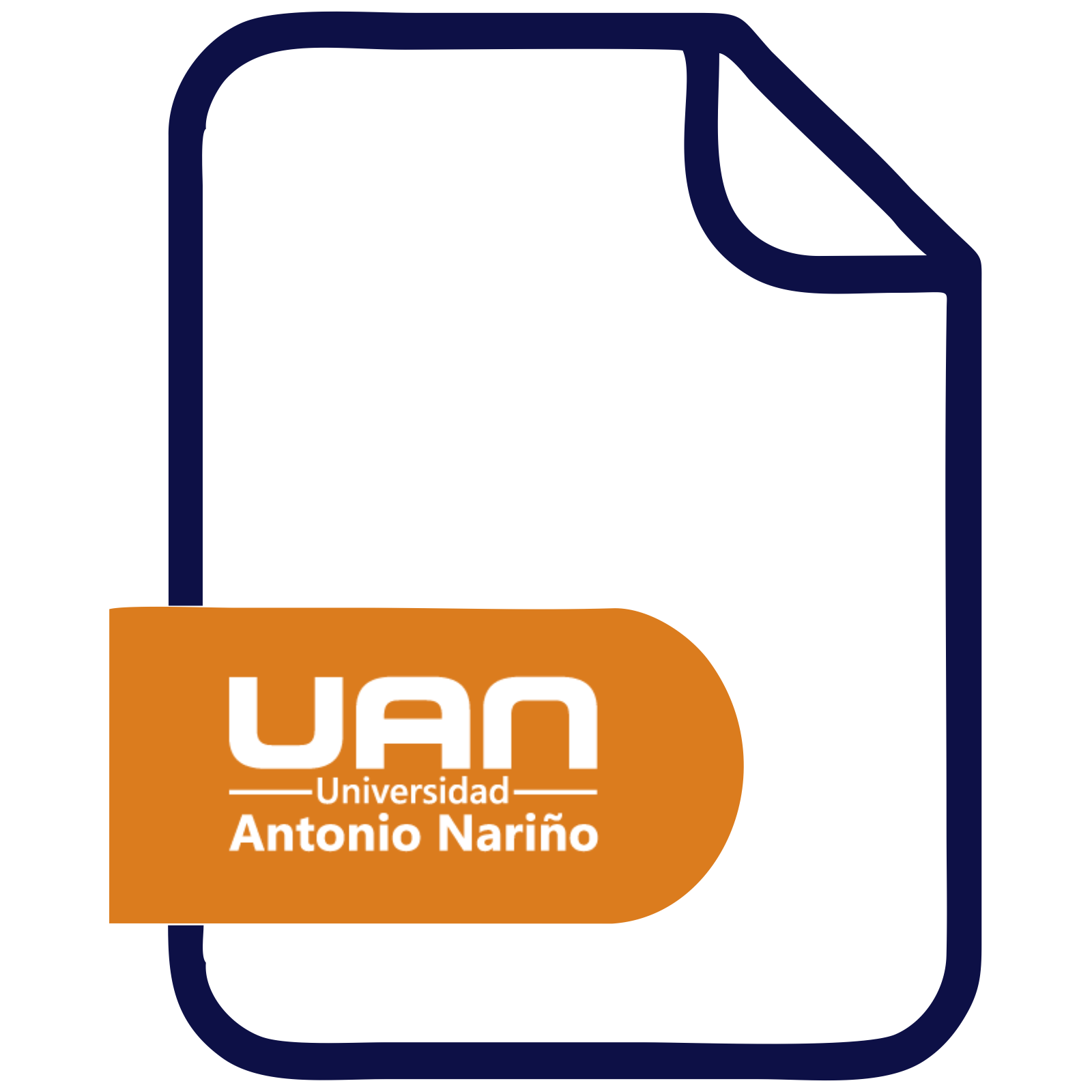Por favor, use este identificador para citar o enlazar este ítem:
http://repositorio.uan.edu.co/handle/123456789/2134> Repositorio UAN
Repositorio UANComunidades y ColeccionesTitulosMateriasAutoresFecha de publicacion
Mi CuentaAccederRegistro
Mi CuentaAccederRegistro
| Título : | Temperatura superficial in situ en el puente vehicular de la Avenida Américas con Avenida Boyacá (Bogotá) y en el puente Intercambiador vial el Tizón (Neiva) |
| metadata.dc.creator: | Meneses Real, Hernán David Patarroyo Querales, Laura Alejandra |
| metadata.dc.contributor.advisor: | Osorio Bustamante, Edison |
| Palabras clave : | Convección;Conducción;Radiación;Temperatura;Transferencia de calor;Modelación numérica;Puentes |
| Descripción : | Propia |
| Resumen : | Currently cities such as Bogotá and Neiva have had a vehicular growth due to population and industrial development, where the infrastructure of the bridges daily supports loads such as the weight of cars, buses, trucks, dump trucks, etc., in addition to natural phenomena such as heat And the water. Taking into account that heat is transferred through convection, conduction and radiation, a photographic record was made with the help of the camera ends Flir One Pro and a numerical balance with the equations of the heat transfer methods, to finally compare the upper and lower temperatures present in the plate of the bridges made by both methods, understanding the affectations suffered by the structure due to heat, wind and other factors present in the environment, these final results are compared with what is established in the standard CCP-14 to verify if the conditions presented by the bridges comply with the provisions of the standard. |
| metadata.dc.description.tableofcontents: | Actualmente las ciudades como Bogotá y Neiva han tenido un crecimiento vehicular debido al desarrollo poblacional e industrial, donde la infraestructura de los puentes soporta diariamente cargas como el peso de los automóviles, buses, camiones, volquetas, etc., adicionalmente fenómenos naturales como el calor y el agua. Teniendo en cuenta que el calor se transfiere por medio de la convección, conducción y radiación, se realizó un registro fotográfico con ayuda de la cámara termina Flir One Pro y un balance numérico con las ecuaciones de los métodos de transferencia de calor, para así finalmente comparar las temperaturas superiores e inferiores presentes en la placa de los puentes realizados por ambos métodos, comprendiendo las afectaciones que sufre la estructura por el calor, el viento y otros factores presentes en el ambiente, estos resultados finales se comparan con lo establecido en la norma CCP-14 para verificar si las condiciones que presentan los puentes cumplen con lo establecido en la norma. |
| URI : | http://repositorio.uan.edu.co/handle/123456789/2134 |
| Editorial : | Universidad Antonio Nariño |
| metadata.dc.publisher.campus: | Bogotá - Sur |
| metadata.dc.publisher.faculty: | Facultad de Ingeniería Civil |
| metadata.dc.date.created: | 2020-07-05 |
| metadata.dc.rights.uri: | http://creativecommons.org/licenses/by-nd/3.0/us/ |
| Aparece en las colecciones: | Ingeniería civil |
Ficheros en este ítem:
| Fichero | Tamaño | |
|---|---|---|
| 2020HernanDavidMenesesReal.pdf | 4.67 MB | Visualizar/Abrir |
| 2020AutorizacióndeAutores1.pdf Restricted Access | 1.06 MB | Visualizar/Abrir Request a copy |
| 2020AutorizacióndeAutores2.pdf Restricted Access | 831.86 kB | Visualizar/Abrir Request a copy |
Este ítem está sujeto a una licencia Creative Commons Licencia Creative Commons




